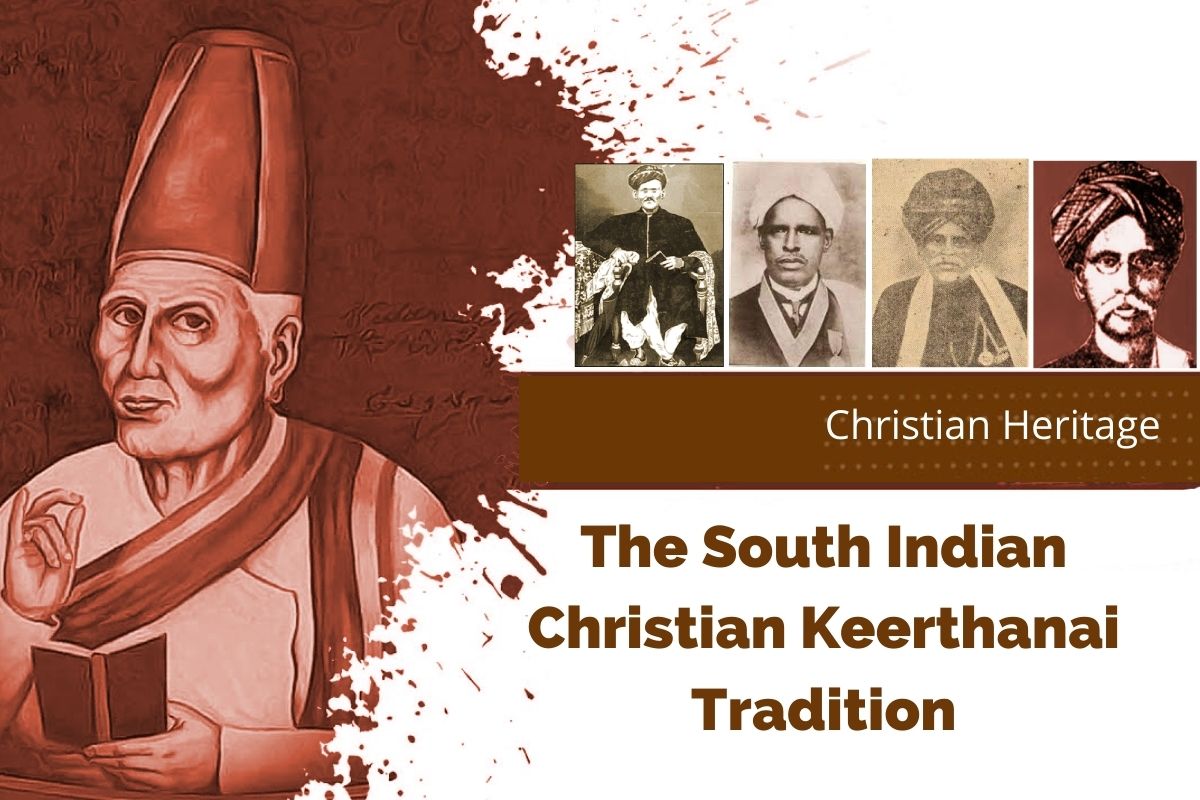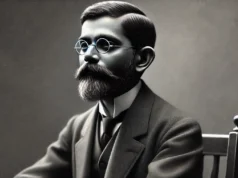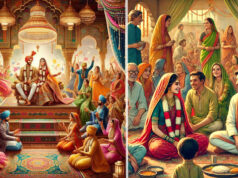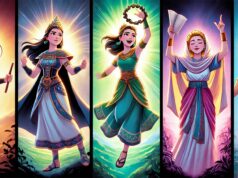
A few years back, several Musicians in Tamilnadu were trolled and threatened with a boycott for singing Christian Carnatic hymns and participating in musical events organized by churches. However, the use of ragas (Indian melody types) in Church devotionals is not new. If you didn’t know this, it is not surprising. It simply reveals how disconnected we are from our history and rich Indian-Christian legacy.
Tamil Christians have encouraged Carnatic Music, a complex system of South Indian music based on a codified Raga (Melody) and Tala (Rhythm).
Tamil Christians have encouraged Carnatic Music, a complex system of South Indian music based on a codified Raga (Melody) and Tala (Rhythm). There’s nothing startlingly new about this. But, perhaps, a deeper look into our past helps put this into perspective. Vedanayagam Sastriar (1774 -1864), the famous Christian court-poet at Serfoji’s Court, composed over 500 Christian devotional songs using various melody formats, including Carnatic ragas, more than two centuries ago. In fact, Vedanayagam Sastriar was a contemporary of the revered Hindu-Saint composer Tyagaraja (1767 – 1847) and composed keertanais (hymns) identical with his Kirtan tradition.
Tamil Christians have also contributed to Carnatic Music, even as they used it for Christian congregational and liturgical use.
Besides, Christian poets like H.A. Krishna Pillai, Samuel Vedanayagam Pillai, John Palmer and Santiago have also made significant contributions to Keerthanai (Christian Carnatic Music) tradition. Their keertanais (Tamil hymns) are sung in Churches even today. The promotion of Carnatic Music was probably to reach out the Christian gospel to the exclusive, elite, and privileged groups. Much like Carnatic Musicians, Tamil Christians drew inspiration from the Sacred Texts and rendered them in different melody and rhythmic beats.
Tamil Christian lyrics’ popularity and timeless quality may be attributed to their simple message, poetic craftsmanship and pleasant and suitable melodies.
Tamil Christians have also contributed to Carnatic Music, even as they used it for Christian congregational and liturgical use. Their efforts are instrumental to understanding the history of not just Carnatic Music but even Tamil Isai (Music) on the whole. Another famous Keerthanai composer, Abraham Pandithar (1859 – 1919), is known for his research on the complexities of Carnatic Music and tracing the roots of Tamil Isai (Music) to references in Tamil classical literature. Abraham Pandithar also published Karunamita Sagaram (Ocean), a treatise with comprehensive information about Musical history, Science, literature, and Musicians.
Native Tamil Christians extensively used the Tamil language and its links with Music, literature, and the Arts to tell the Gospel story. Tamil Christian lyrics’ popularity and timeless quality may be attributed to their simple message, poetic craftsmanship and pleasant and suitable melodies. The use of South Indian music for Christian faith expressions tells its own story. The indigenous expressions in Tamil language and cultural forms were due to the deep appreciation of Tamil culture, admiration of the Tamil and sensitivity towards their religion and philosophy.
Tamil Christian lyrics continue to provide a meaningful connection between the present and our past. They offer exciting ways for indigenous faith.









